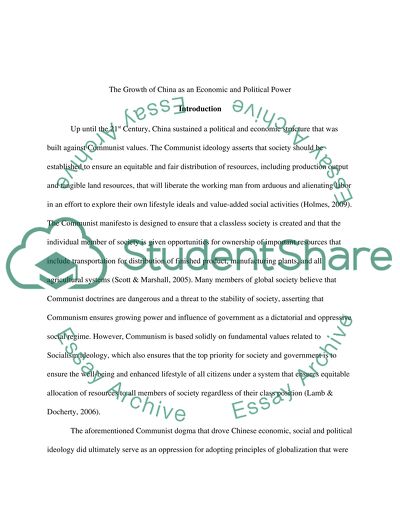Cite this document
(“The Growth of China as a Political and Economic Power Research Paper”, n.d.)
The Growth of China as a Political and Economic Power Research Paper. Retrieved from https://studentshare.org/macro-microeconomics/1626686-the-growth-of-china-as-a-political-and-economic-power
The Growth of China as a Political and Economic Power Research Paper. Retrieved from https://studentshare.org/macro-microeconomics/1626686-the-growth-of-china-as-a-political-and-economic-power
(The Growth of China As a Political and Economic Power Research Paper)
The Growth of China As a Political and Economic Power Research Paper. https://studentshare.org/macro-microeconomics/1626686-the-growth-of-china-as-a-political-and-economic-power.
The Growth of China As a Political and Economic Power Research Paper. https://studentshare.org/macro-microeconomics/1626686-the-growth-of-china-as-a-political-and-economic-power.
“The Growth of China As a Political and Economic Power Research Paper”, n.d. https://studentshare.org/macro-microeconomics/1626686-the-growth-of-china-as-a-political-and-economic-power.


